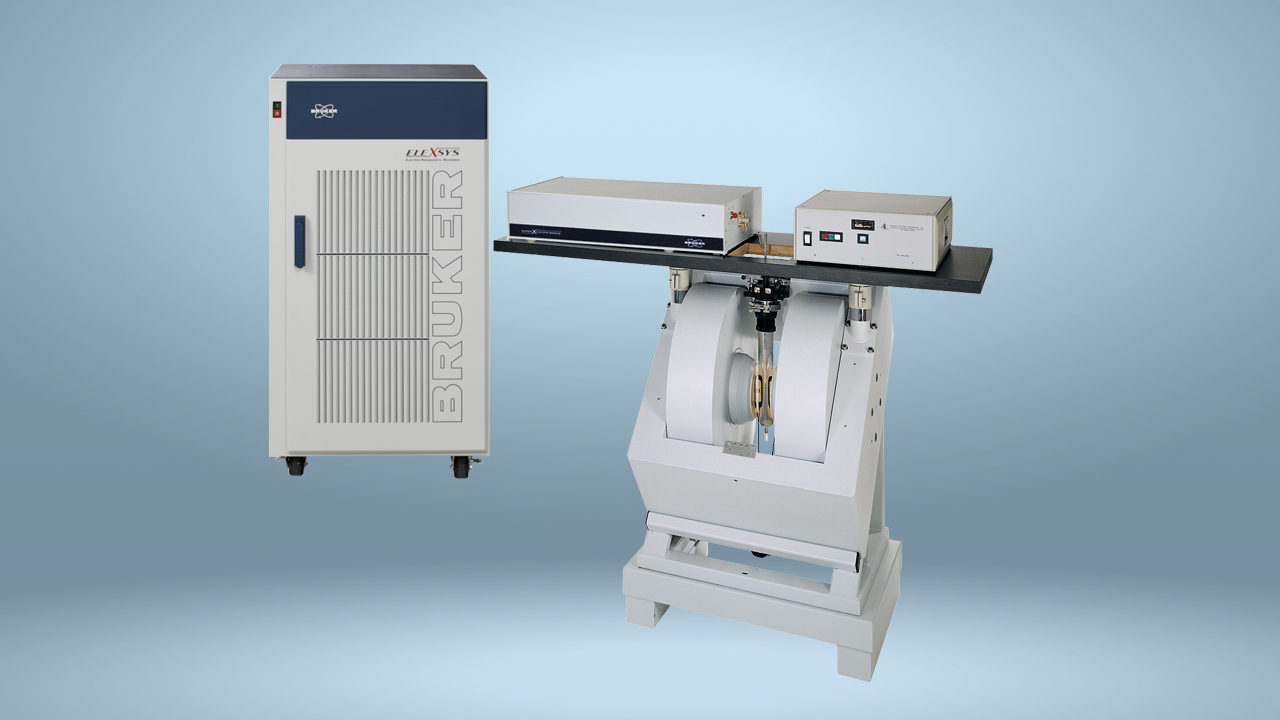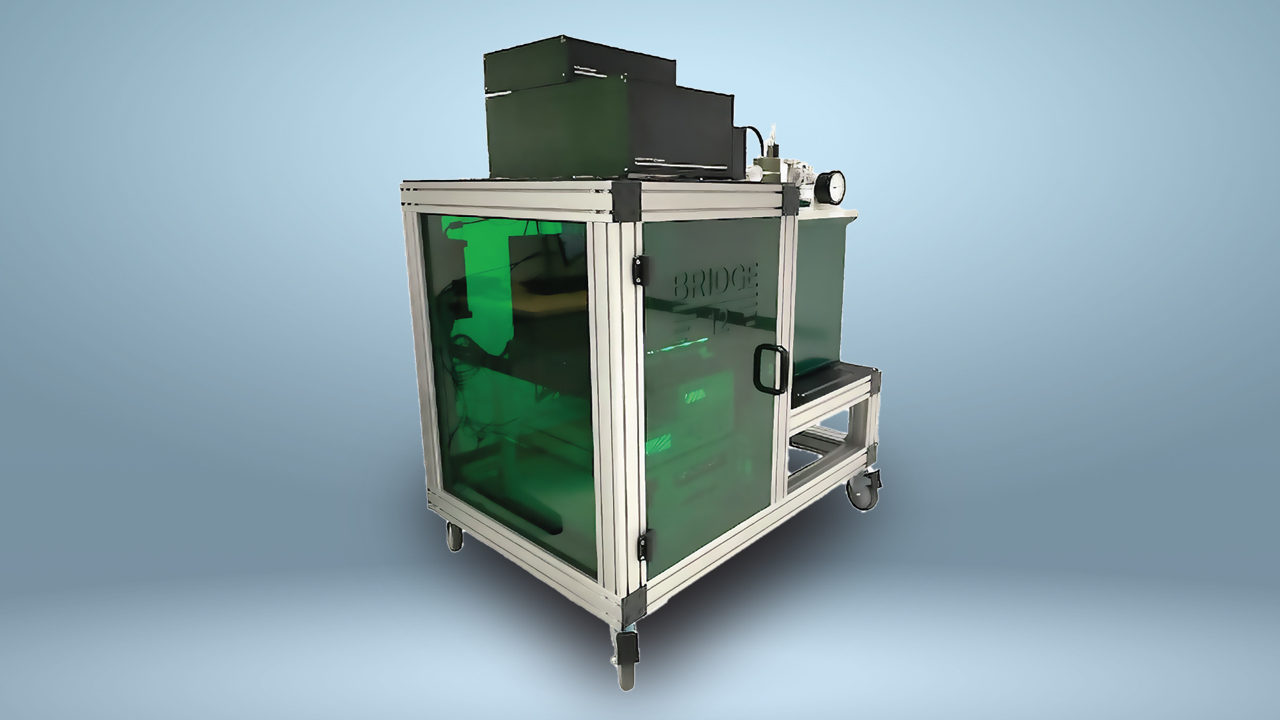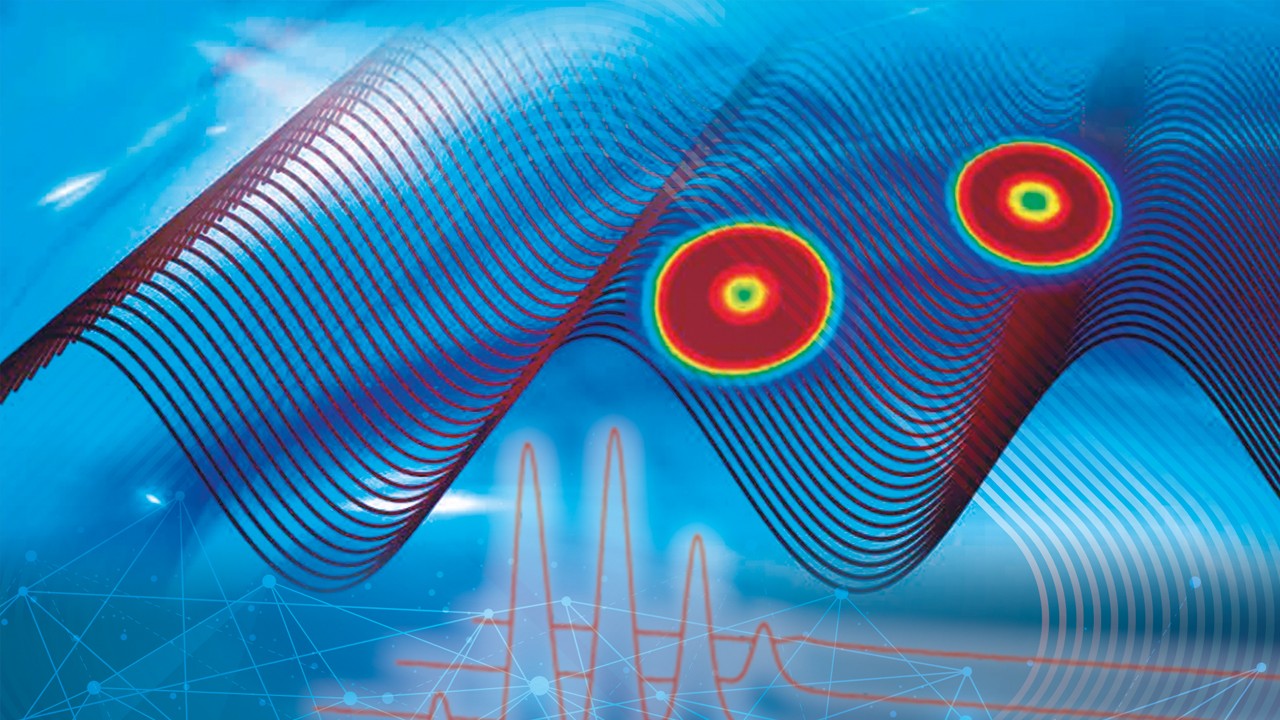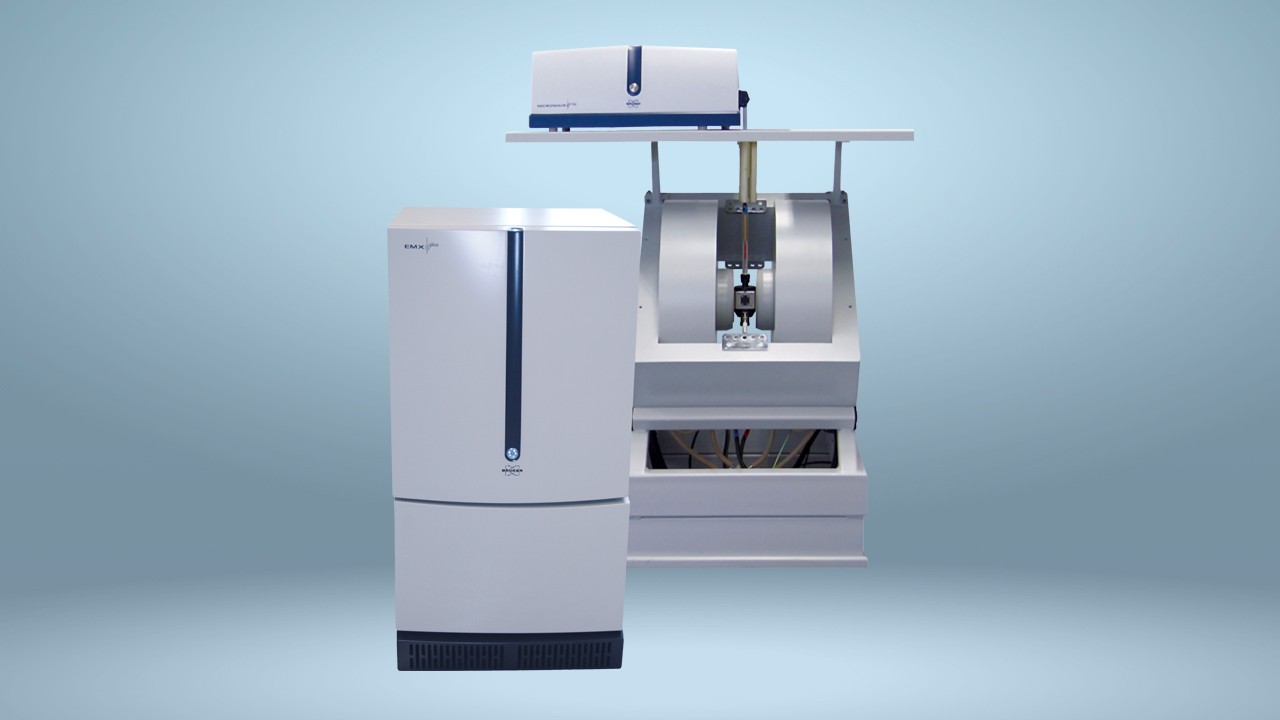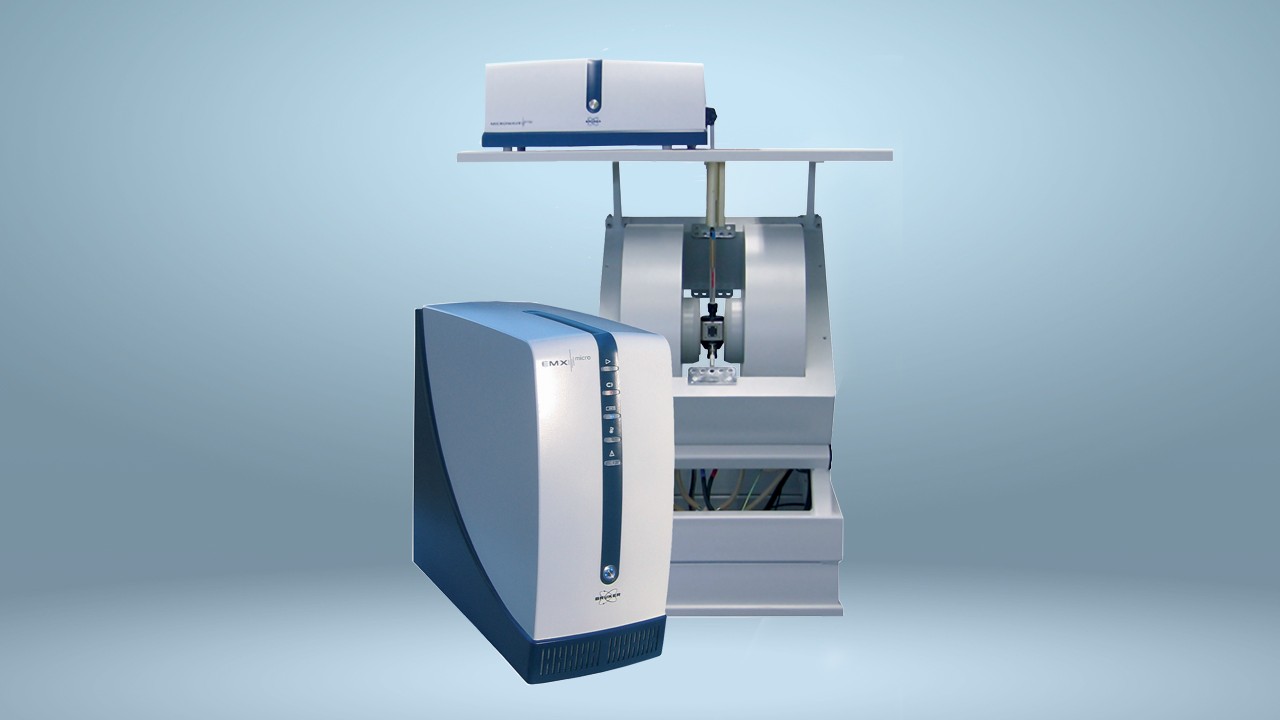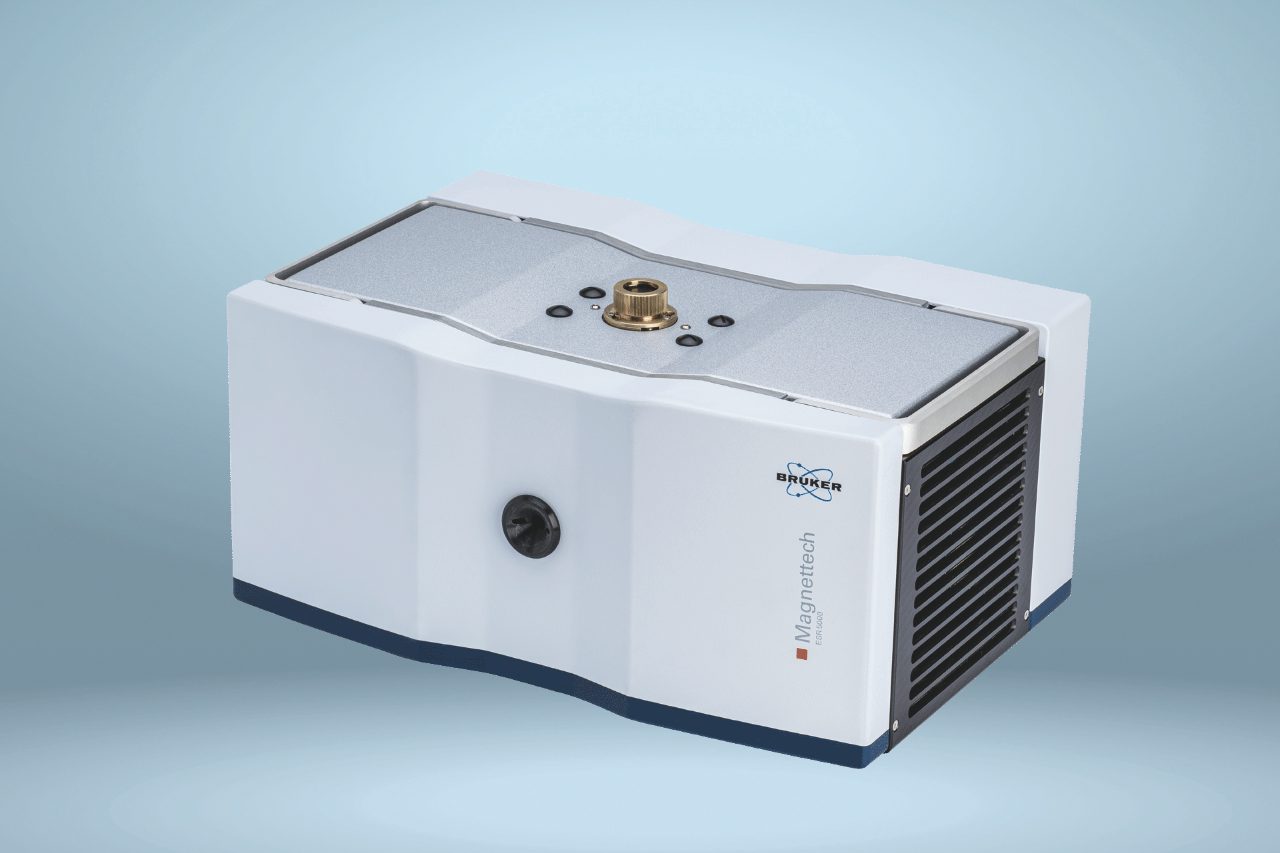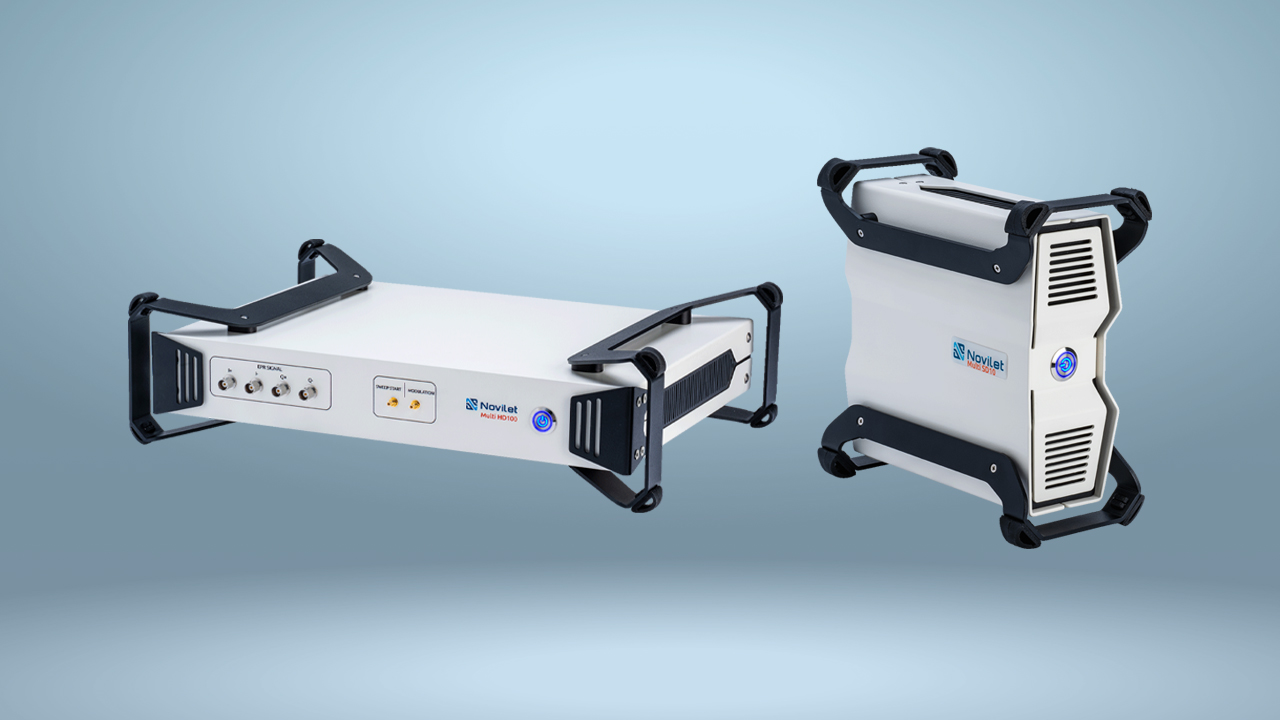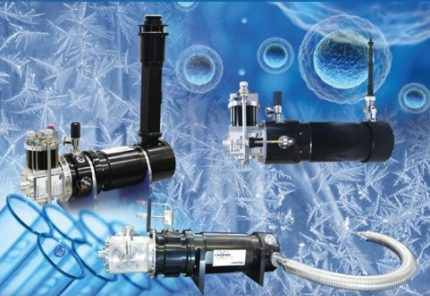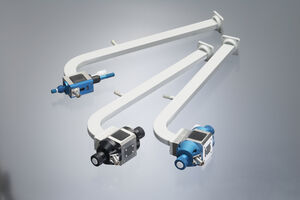

EPR Instruments
Bruker delivers a comprehensive portfolio of advanced instruments designed to support a wide range of applications across chemistry, biology, and materials science.
From CW to Pulse EPR, our solutions provide deep insights into electronic structures, dynamics, and interactions - helping you explore fundamental properties and drive innovation in your research.
ELEXSYS E580Q Spectrometer Installation
ELEXSYS E580Q Spectrometer Installation at the BioEmPiRe Centre for Structural Biological EPR Spectroscopy, University of Manchester – From Consultation to Operation
Bruker provides comprehensive support throughout the entire EPR installation journey — from the early stages of consultation and infrastructure planning to delivery, installation and final training. This end-to-end approach ensures that each system is seamlessly integrated into the research environment and fully aligned with the user’s scientific goals.
Our close collaboration with researchers worldwide enables us to tailor every installation to the specific needs of each institution, delivering both technical precision and long-term operational confidence.
A recent example is the installation of the ELEXSYS E580Q Spectrometer at the University of Manchester.
The Many Applications of EPR
From cell membranes to nano-diamonds, EPR applications spread far and wide through many fields: chemistry, material research, life science, quantum physics, and quality control.
In electrochemistry, redox chemistry, photochemistry and catalysis, EPR can be used to study metal centers and radicals involved in chemical processes. Amongst the many areas in material science, applications include polymer synthesis, testing the purity of silicon in solar cells and characterization of nano-diamonds and diamond grading. In an industrial setting, EPR is used to monitor product stability, impurity profiles, degradation, flavor stability and shelf-life for quality and process control.
In structural biology EPR provides insight into structure, function and reaction mechanisms in enzymes, membrane proteins, RNA and DNA. Biomedical EPR applications include the detection of free radicals such as ROS and RNS to observe and evaluate oxidative stress and cell damage.
Bruker is the world's leading supplier of electron paramagnetic resonance spectrometer (EPR) systems with more than 50 years of experience. Bruker's EPR application scientists have expertise in all EPR techniques and experience covering the full range of fields where EPR is used. Our product lines include the research EPR product line ELEXSYS™, the compact EPR product lines EMXplus™ and EMXmicro™, the benchtop routine product line Magnettech ESR5000 and quality control product line microESR.
